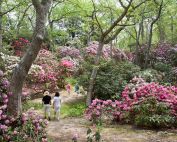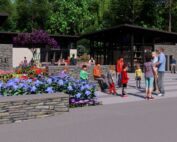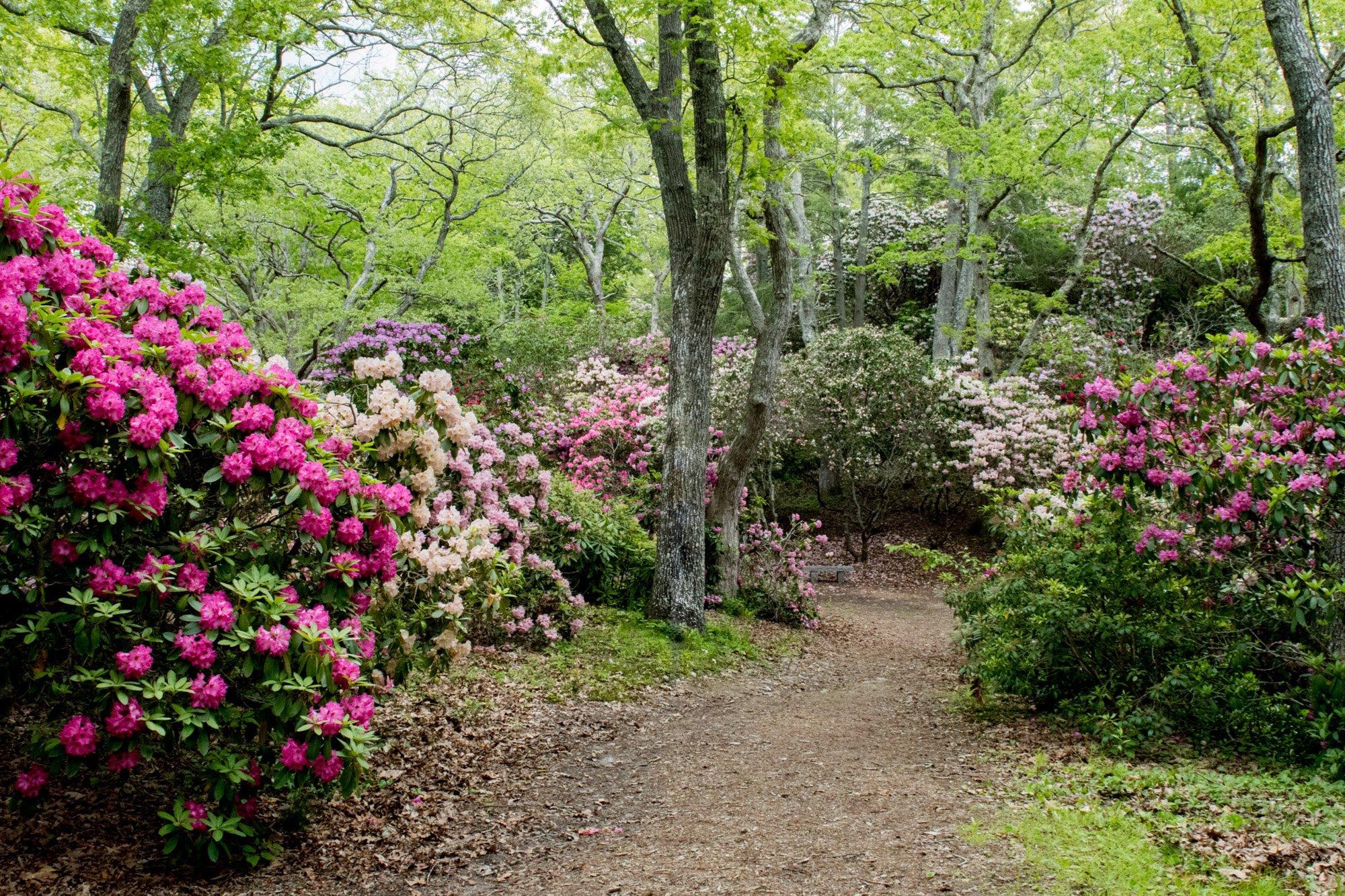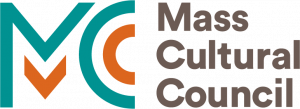Composition of the Garden: Line, Form, Texture, Color & Mass
September 4, 2020
For some reason, vegetable plants have been relegated to the back of the garden. Many of us consider them to be the less attractive, and therefore they’re stuck in a separate area of the yard. But many of these plants are really quite interesting and deserve to be used as part of the ornamental garden.
Peppers are such cool plants. They’re healthy to eat, some are quite challenging to eat (hot) and most are beautiful colors: deep, rich green, brilliant yellow, cherry red and even purple! I’ve been growing them as ornamentals for years, and if you’ve traveled to any one of many public gardens, you’ll see that many gardens also use them. They make great annuals in a border and are very fun to grow. The foliage is handsome and deep green, and the fruit is a delight.
This summer I’m growing three different cultivars at home. One, “California Wonder,” is an old standby and the one often sold in grocery stores as red bell peppers. They start off green and turn bright red. They’re delicious and beautiful and make an interesting addition to an ornamental planting bed. I’m also growing several hot cultivars that I really just grow for the ornamental value. Eventually I harvest the peppers as they turn red, but mainly I grow them for their appearance. The plants are a handsome deep green, and the peppers are attractive.
But peppers are not the only vegetable that is ornamental as well as edible. Everyone knows ornamental kale and cabbage, but have you used regular cabbage plants? Or maybe purple cabbage? Not only are they healthy to eat, but they’re really interesting-looking, too. And then there are plants such as sweet potato vine or eggplant, or even rhubarb. These plants add a texture and form not found in many perennial (or annual) gardens. I also enjoy the colors of Swiss chard, although I’m not a fan of it on the table.
Gardens need structure, and beans need support. Using a trellis or tripod-shaped structure allows you to grow plants such as scarlet runner beans in an ornamental bed while also providing an architectural element in the garden. The flowers are edible as are the beans. Nasturtiums are great flowering annuals and are wonderful in salads. Both the flower and the leaves are edible. Lettuce makes a great edging plant and is available in various shades of green through purple. Of course, basil is in everyone’s garden, as is parsley. These plants have beautiful foliage, and every garden needs them.
There are several basic elements to consider when designing a garden. The composition of the garden involves the use of line, form, texture, color and mass. Using vegetable plants in groups, you create mass. Repeating plant groups throughout the garden creates line, as does the edge of the bed, the vertical line of tree trunks and the vertical or horizontal lines of structures like the house or garage. And try using vegetable plants to create a unique space that is both beautiful and delicious. All of these elements work together to create a composition that is unique and beautiful.















